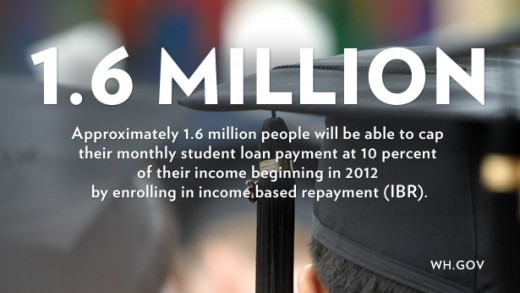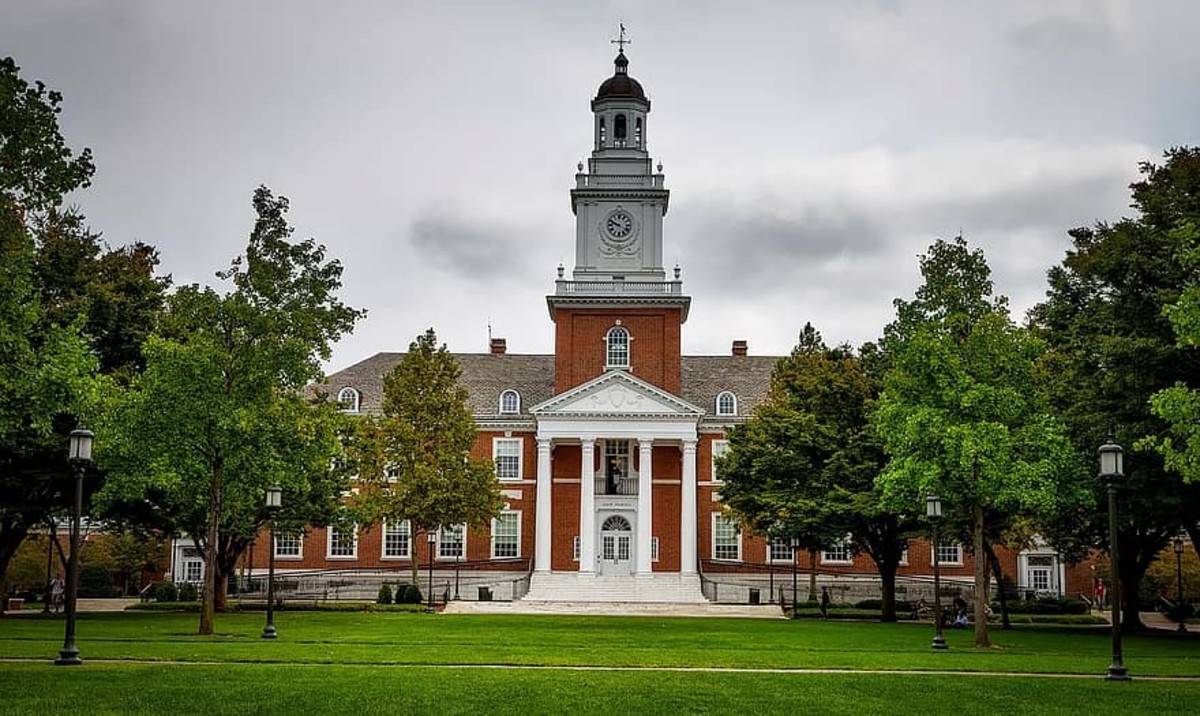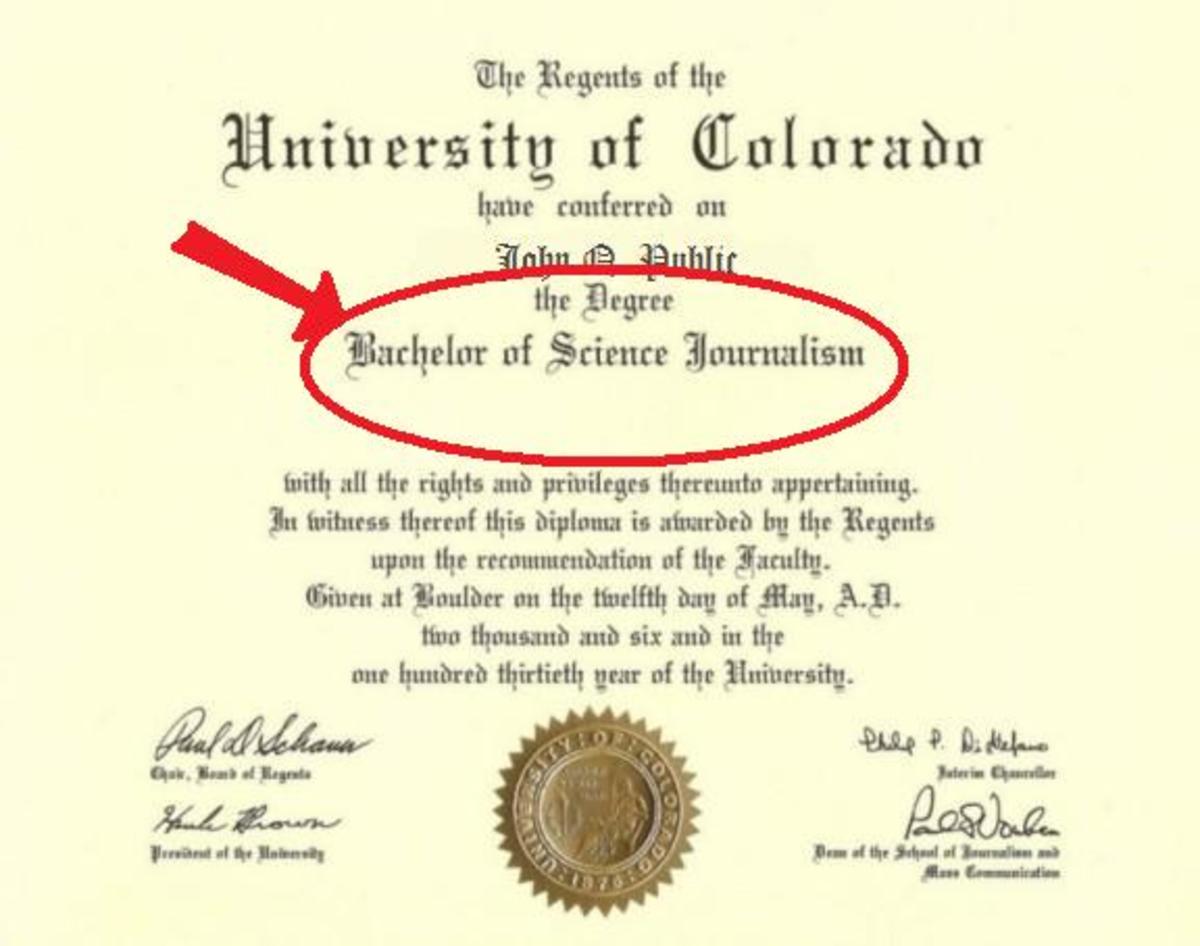Why Free College Tuition Works Better Than Income-Based Repayment
Should Colleges Still be Allowed to Charge What They Want?

Income-Based Repayment Leaves Taxpayers on the Hook
Few can deny that America has a college cost problem. Health care, defense spending, and higher education costs have skyrocketed in recent decades, far surpassing the rate of inflation. For middle class families, budgets are being increasingly dominated by health care costs and college tuition...or the loans to pay them off. Student loan debt has surpassed credit card debt, and economists are worried that such debt stands to hurt the overall economy as Millenials delay purchasing houses, automobiles, and other durable goods.
We pay through the nose to go to college. We do it because there are few viable alternative pathways to achieving the "American dream." From kindergarten onward, we are told to go to college. And now, when we graduate from college, we find that our degrees are hardly the tickets to job security we were promised. Too many Millenials leave college with thousands of dollars in student loan debt and with degrees that have less and less market value.
Something needs to change, and change fast. Fortunately, the top three Democratic presidential candidates have now unveiled their plans to improve college affordability. Hillary Clinton, the Democratic frontrunner, has proposed a $350 billion plan to improve college affordability by focusing on income-based repayment. Her plan, which is similar to that of fellow Democratic candidate Martin O'Malley, wants to end government profiteering on college loans and max out federal student loan repayment at 10 percent of graduates' income.
Democratic candidate Bernie Sanders, by contrast, wants to make public higher education entirely tuition-free for qualified students. Now that Clinton has unveiled her college affordability plan, look for pundits to debate the merits of the Clinton/O'Malley tuition plans versus the Sanders tuition-free plan. While both Clinton and O'Malley should be praised for seeking to improve college affordability, their focus on income-based repayment is insufficient and may actually cause more problems.
Under the Sanders tuition-free plan, government oversight and control of public colleges and universities will increase substantially. While this will be unpopular, it is necessary to rein in excessive higher education spending. Essentially, the Sanders plan means making higher ed more like K-12, which is heavily regulated but delivers a more cost-effective, quality-controlled education to the vast majority of America's youth. As a high school teacher, I love to complain about the inefficiencies and failings of my school district...but, at the end of the day, the system works.
Government allowed higher education spending to spiral out of control by permitting only minimal regulations on academic rigor and providing unchecked student loans to countless young men and women who were not ready or willing to do college-level work. Government subsidized a growing problem and created a monster. Now we need a leviathan to defeat the monster. Our public universities need reined in, and market forces alone will be insufficient due to the tendency of colleges and universities to operate as collusive oligopolies.
The government can mandate that public universities provide up to ____ credit-hours for free per semester to students who meet criteria _____, _____, and ______. The government will pay $___________ per student under these conditions. All college and university faculty must undergo _________ training and hold ___________ credential. Colleges and universities must hold public referendums to approve bonds to build new infrastructure, and no cost of new infrastructure shall be placed upon students. Some will see this as big government at its worst, but I see it as big government at its finest.
This is the same big government that allows millions of teenagers to graduate from high school. For all their problems, public schools do work and do keep costs manageable. Yes, many hands are tied. Yes, many people gripe. But, ultimately, the vast majority of American teenagers are able to succeed in higher education and beyond due to the efforts of regulated public high schools.
The Clinton and O'Malley college affordability plans keep institutions of higher education in the driver's seat, which is a bad idea. While students will certainly benefit, having lower interest rates on their college loans and not having to pay more than 10 percent of their post-graduate income, colleges and universities still decide how much to charge. Their growth will continue unabated. Millions of young people will eagerly take out college loans, knowing their repayment is limited, and fill college coffers with cash.
As a result, higher education will continue, if not increase, its spending spree. Only now, the taxpayers are on the hook. What will happen if too many of America's new graduates do not earn enough income to make their 10 percent loan payments sufficient to balance things out? Taxpayers will have to pay the difference. Personally, I would rather not finance college spending sprees.
K-12 schools have their noses kept to the grindstone and are made to perform. They earn their tax dollars. Public institutions of higher education have been living a life of luxurious leisure by comparison, being granted free checks and being subjected to very little scrutiny. A focus on reducing college loan repayments only treats a symptom of the college cost spiral. It does nothing to treat the underlying problems.
Colleges and universities will continue to be overcrowded, deliver unregulated and often substandard academic rigor, and grow with reckless abandon. College students will continue to have little motivation to pursue academic excellence, for their tuition and fees will not change. And, since they will only have to pay 10 percent of their post-graduate income at most, why not spend extra time in college?
Making college free for qualified students will force municipal, state, and federal government agencies to crack down on spending, create and enforce regulations on academic rigor, and limit unchecked college growth. College students will have tremendous motivation to pursue academic proficiency, since this will allow them to attend school for free. Those who do choose to remain in school will have to continue to perform, meaning they are gaining investment-worthy skill.
All in all, Bernie Sanders' college affordability plan wins the day.








